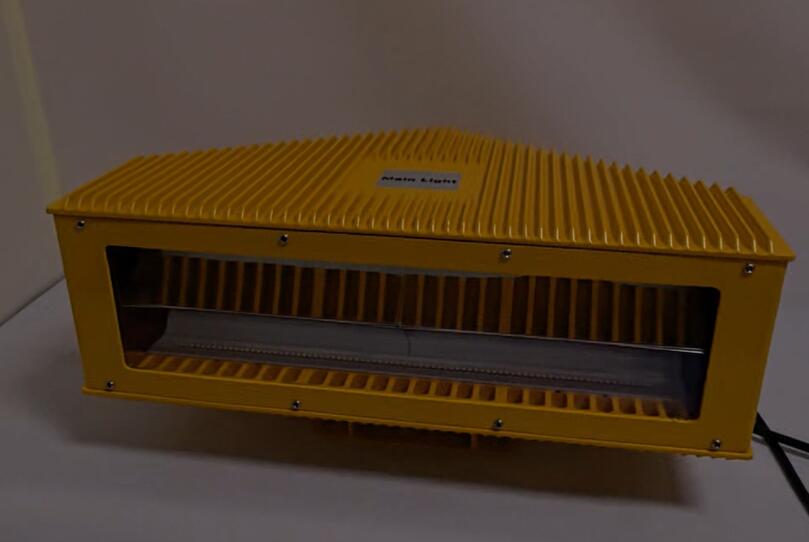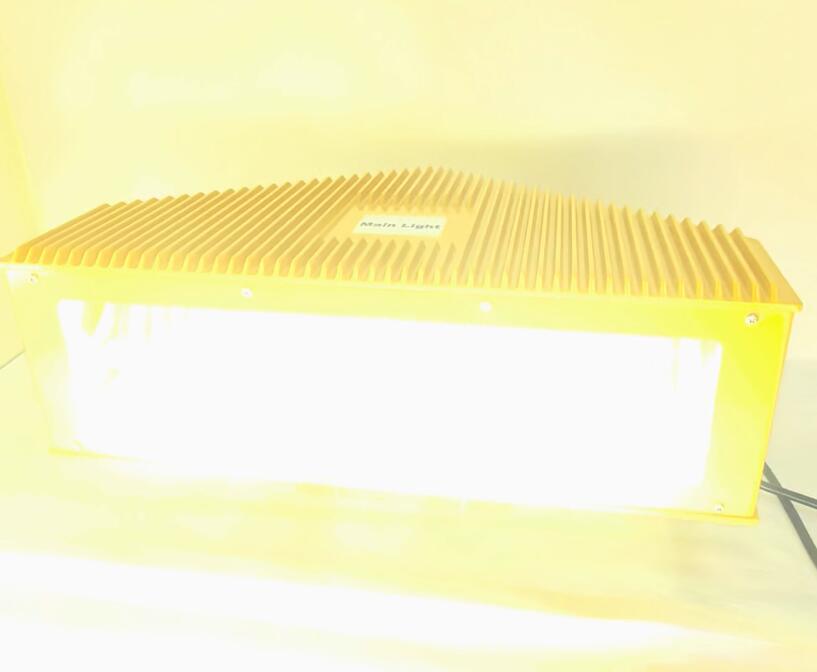Posted: 2024-08-20
In the vast expanse of the aviation world, safety is of paramount importance. Among the many elements that contribute to ensuring the smooth and secure operation of aircraft, obstruction light aviation plays a crucial yet often overlooked role.
Obstruction lights are designed to alert pilots and air traffic controllers to the presence of potential hazards in the airspace. These hazards can range from tall towers and cranes to wind turbines and other structures that may pose a threat to aircraft. By providing a visible indication of these obstructions, obstruction lights help prevent collisions and ensure the safety of all those involved in aviation.
| Obstruction lights | WHITE | l856 |
The importance of obstruction lights in aviation cannot be overstated. In a world where air travel is becoming increasingly common, the need for clear and visible markers to guide pilots is essential. Without obstruction lights, pilots may not be able to detect potential hazards in time, leading to disastrous consequences. These lights serve as a constant reminder of the presence of obstructions and help pilots make informed decisions while navigating the skies.

One of the key features of obstruction lights is their visibility. They are designed to be seen from a distance, even in adverse weather conditions. This is achieved through the use of bright colors, such as red and white, and flashing or steady illumination. The intensity and pattern of the lights are carefully calibrated to ensure maximum visibility and distinguishability.
Obstruction lights are typically installed on structures that are likely to pose a risk to aircraft. This includes tall buildings, communication towers, power lines, and other man-made structures. In addition, natural obstructions such as mountains and hills may also be marked with obstruction lights to enhance safety. The placement of these lights is crucial, as they need to be positioned in such a way that they are visible from all angles and at different altitudes.

The technology behind obstruction lights has evolved over the years. Modern obstruction lights are often equipped with advanced features such as solar power, remote monitoring, and automated control. Solar-powered obstruction lights are particularly useful as they eliminate the need for external power sources and can operate independently for extended periods. Remote monitoring allows for real-time tracking of the status of the lights, ensuring that any malfunctions are detected and addressed promptly. Automated control systems can adjust the intensity and pattern of the lights based on environmental conditions and aircraft activity.
In addition to their role in preventing collisions, obstruction lights also play an important part in air traffic management. By providing a clear indication of the location of obstructions, these lights help air traffic controllers direct aircraft safely around potential hazards. This is especially important in congested airspace or during periods of low visibility.
The installation and maintenance of obstruction lights are subject to strict regulations and standards. These regulations are designed to ensure that the lights are installed correctly and function properly at all times. Regular inspections and maintenance are essential to ensure the continued effectiveness of obstruction lights. This may involve checking the brightness and visibility of the lights, ensuring that the power supply is reliable, and replacing any damaged or malfunctioning components.
Despite the importance of obstruction lights in aviation safety, they are not always given the attention they deserve. In some cases, structures may be erected without proper consideration for the need for obstruction lights. This can pose a significant risk to aircraft and passengers. It is essential that all stakeholders, including builders, regulators, and aviation authorities, work together to ensure that obstruction lights are installed and maintained in accordance with the highest safety standards.
In conclusion, obstruction light aviation is a critical aspect of aviation safety. These lights serve as a vital guide for pilots and air traffic controllers, helping to prevent collisions and ensure the smooth flow of air traffic. As the aviation industry continues to grow and evolve, the importance of obstruction lights will only increase. By ensuring that these lights are installed, maintained, and used effectively, we can help make air travel safer for everyone.